
According to the latest statistics from State Bank of Vietnam (SBV), as of June 18, the total outstanding credit balance of the entire system reached about 16.73 million billion VND, an increase of 7.14% compared to the end of 2024; an increase of 18.71% compared to the same period in 2024 (in the same period in 2024, outstanding credit balance increased by 3.87% compared to December 2023). This is a fairly positive credit growth rate in the context of the economy trying to recover and accelerate.
In particular, compared to the increase in the same period in 2024, this is a clear improvement in credit speed and scale, demonstrating synchronous policy efforts and increasing confidence in the prospect of economic recovery.
Increase capital supply capacity
According to the State Bank of Vietnam, credit is currently flowing strongly into the fields of production, export, essential consumption and partly into infrastructure investment and green energy - the key drivers of economic development. The strong increase in credit is the clearest expression of market confidence.
Economist Dinh Trong Thinh commented: This year's credit growth not only reflects the State Bank's reasonable loosening of monetary policy but also shows that confidence in the economic outlook is being strengthened, thereby stimulating the demand for loans of people and businesses.
This positive picture is also reflected in economic sectors and fields such as: processing and manufacturing industry; logistics services; high-tech agriculture ..., where commercial bank is aggressively launching preferential credit packages with interest rates 1-2% lower than the general level.
Director of the Department of Forecasting, Statistics and Monetary and Financial Stability (SBV) Nguyen Phi Lan said that currently, there are 100 credit institutions that have incurred outstanding debts to the private economic sector, of which about 209,000 small and medium enterprises have credit relations with credit institutions. In addition, the banking sector has actively implemented many credit programs such as: credit program for small and medium enterprises, VND500,000 billion program for infrastructure investment loans... This confirms that credit capital flows have spread widely across business segments and economic sectors.
According to Vietcombank Chairman Nguyen Thanh Tung, the total outstanding credit balance for the economy after supporting VCBNeo is estimated to increase by more than 5.0% compared to the end of 2024; the credit structure continues to shift towards quality, efficiency and sustainability.
“Playing the role of a key bank in implementing national monetary policies and fulfilling corporate social responsibility, Vietcombank has been implementing 22 programs to reduce lending interest rates for businesses and people. In addition to funding key national projects and works, Vietcombank also provides capital for sustainable development industries and priority sectors. Credit for priority sectors has grown well, accounting for approximately 33% of total outstanding credit,” Mr. Nguyen Thanh Tung shared.
Along with Vietcombank, in the first 6 months of the year, VietinBank's credit balance also grew well, estimated at 10% compared to the end of 2024. Notably, some joint stock commercial banks such as PGBank and ABBank have used up the credit growth limit allocated by the State Bank since the beginning of the year and are applying for more. This clearly demonstrates the recovery and breakthrough of credit to create leverage for economic growth.
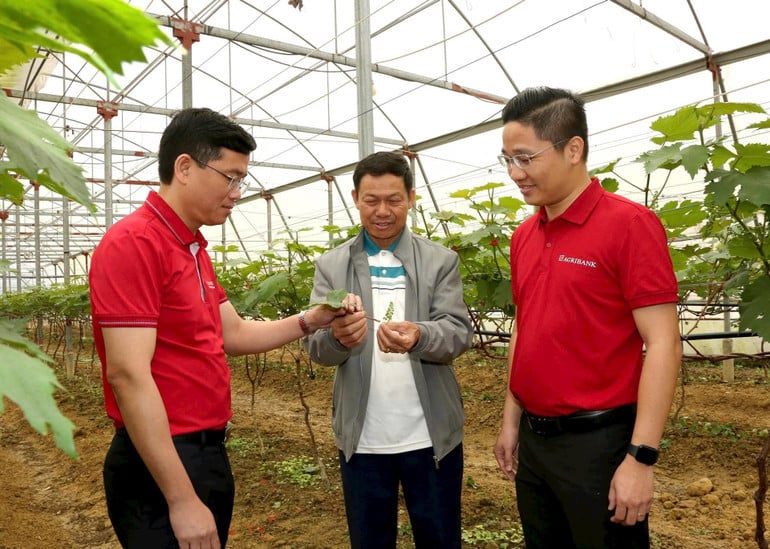
Maintain low interest rates
The acceleration of credit cannot be separated from the increasingly favorable interest rate environment for borrowers. According to the recent interest rate development report of the State Bank of Vietnam, lending interest rates are maintained at low levels. Accordingly, the average short-term lending interest rate in VND for priority sectors remains at around 3.9%/year, lower than the maximum short-term lending interest rate as prescribed by the State Bank of Vietnam (4%/year).
The average lending interest rate of domestic commercial banks for new and old outstanding loans is 6.6-8.9%/year. The average USD lending interest rate of domestic commercial banks for new and old outstanding loans is 4.1-5.0%/year.
Mr. Dinh Cong Vang, owner of a melon farm in Khanh Hoa province, said that his family currently has 3 greenhouses with an area of over 7,000m². Thanks to a 1.7 billion VND loan from Agribank with low interest rates, he has invested in a smart operating system that can control irrigation, fertilization, and monitor crops with just a phone.
“High-tech agriculture requires systematic investment, which cannot be done without appropriate capital. After deducting expenses, my family earned more than 300 million VND in the most recent melon crop. This is a profit that is not easy to achieve with traditional farming alone,” said Dinh Cong Vang.
Not stopping there, many banks are also actively applying technology to shorten the application review process, improve customer experience and reduce operating costs, thereby creating more room to reduce interest rates.
“The lever to promote credit growth is flexible monetary policy management and consistency in reducing interest rates and loosening controlled credit limits. The stability and reasonableness of interest rates have created large financial space for businesses, especially small and medium enterprises, helping them access low-cost capital to expand production, invest in machinery, import raw materials and restore the supply chain,” said Nguyen Duc Lenh, Deputy Director of the State Bank of Vietnam, Region II Branch.
Thus, with an increase of 7.14% as of June, the room for credit growth in 2025 to reach 16% or more is completely feasible if policies continue to be effective. This is especially important in the context of the Government's target of GDP growth in 2025 of 8% or more.
According to the forecast from the Research Department of VCB Securities (VCBS Research), credit growth in 2025 could reach about 16%; in particular, regarding interest rates, the State Bank is expected to continue to operate interest rates stably to ensure consistency with the general level of the economy and other macroeconomic indicators.
MBS Research Securities Company also shares the same view when forecasting credit growth in 2025 to be in the range of 17%-18%, driven by the strong recovery of the manufacturing industry, domestic consumption and the acceleration of public investment disbursement. 12-month term deposit interest rates of major banks will fluctuate around 5.5%-6% in 2025.
In addition, the results of the survey on business trends in the third quarter of 2025 of credit institutions and foreign bank branches in Vietnam recently conducted by the State Bank of Vietnam also showed that credit institutions expect positive credit growth and stable deposit and lending interest rates in the third quarter.
Specifically, credit institutions forecast that by the end of 2025, interest rates will be basically stable, with no significant change compared to the end of 2024. This reflects the banking industry's efforts to maintain a low interest rate environment to support economic growth while ensuring financial stability.
Credit institutions also expect fundraising The whole system is expected to increase by an average of 4% in the third quarter of 2025, with an increase of 4.4% for VND and 2.5% for foreign currencies; outstanding credit is forecast to increase by 4.7%, of which VND and foreign currencies will reach 4.7% and 4.8%, respectively. Notably, credit institutions have adjusted their credit growth expectations for 2025 to 16.8%, far exceeding the actual growth rate in 2024.
Source: https://baoquangninh.vn/tin-dung-tang-toc-tao-luc-day-nen-kinh-te-3365179.html





![[Photo] Politburo works with the Standing Committees of Vinh Long and Thai Nguyen Provincial Party Committees](https://vphoto.vietnam.vn/thumb/1200x675/vietnam/resource/IMAGE/2025/9/8/4f046c454726499e830b662497ea1893)
![[Photo] Politburo works with the Standing Committees of Dong Thap and Quang Tri Provincial Party Committees](https://vphoto.vietnam.vn/thumb/1200x675/vietnam/resource/IMAGE/2025/9/8/3e1c690a190746faa2d4651ac6ddd01a)




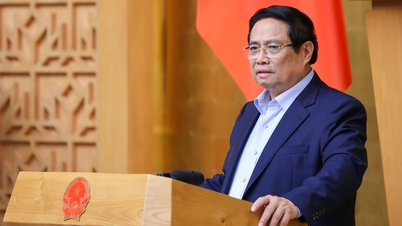


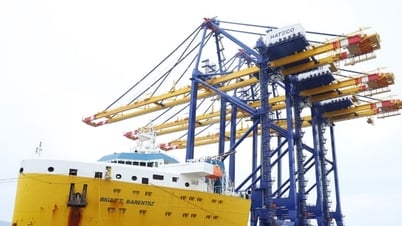





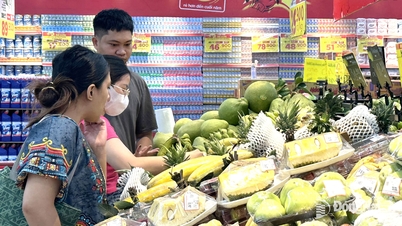

















![[Photo] Amazing total lunar eclipse in many places around the world](https://vphoto.vietnam.vn/thumb/1200x675/vietnam/resource/IMAGE/2025/9/8/7f695f794f1849639ff82b64909a6e3d)




















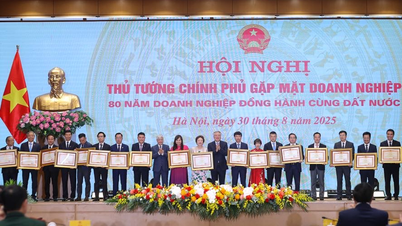






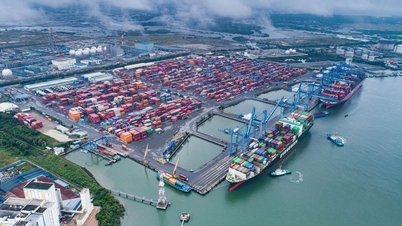









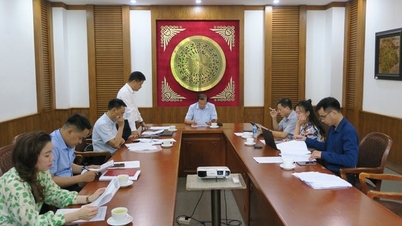
















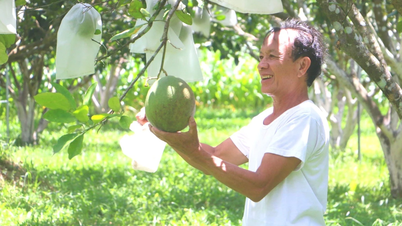








Comment (0)